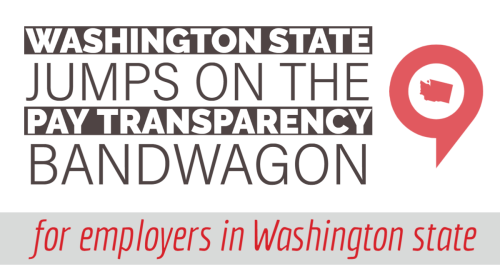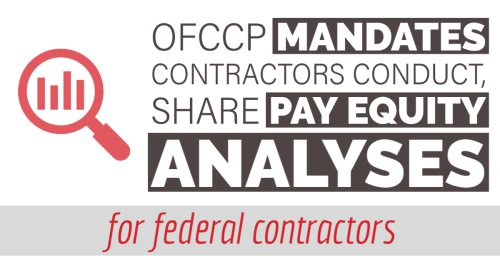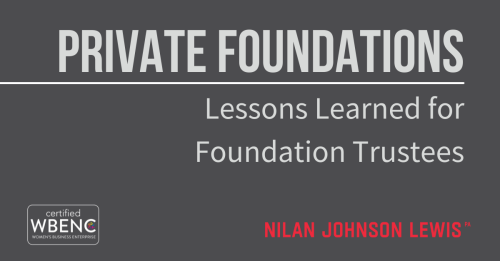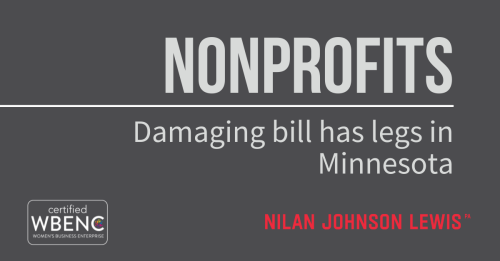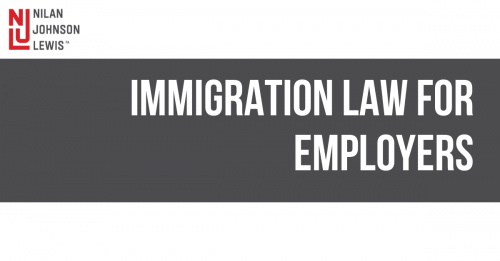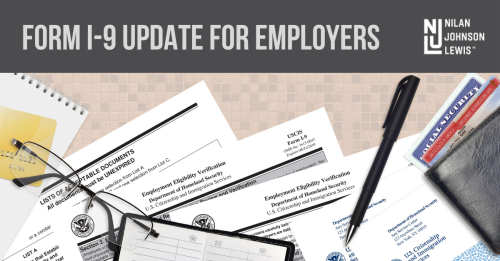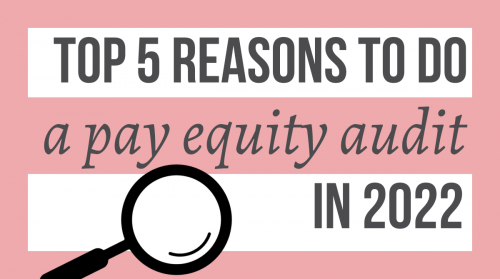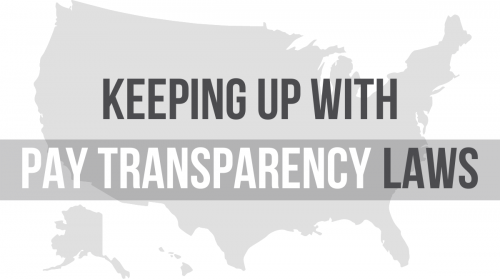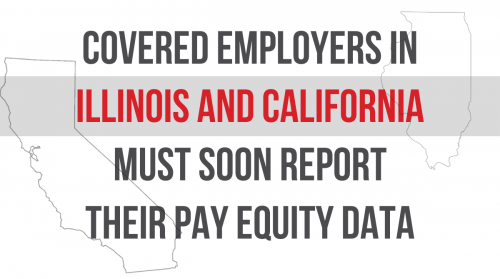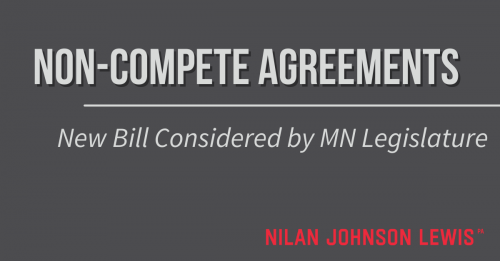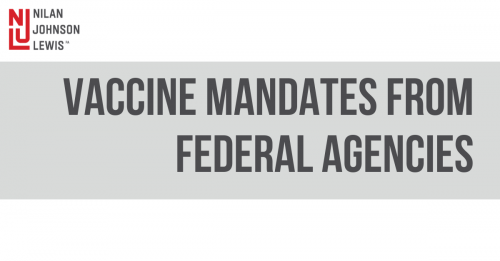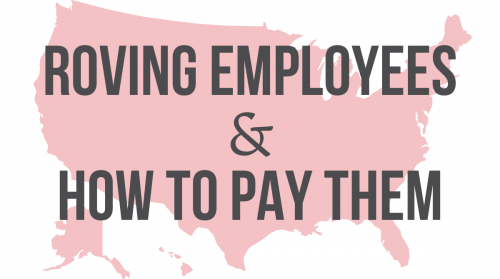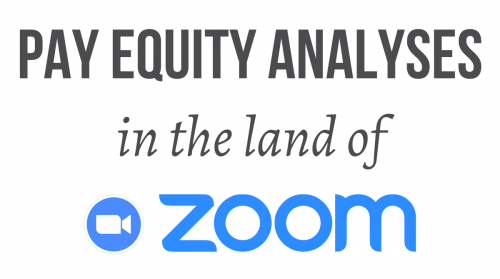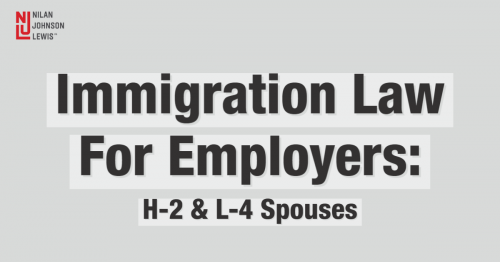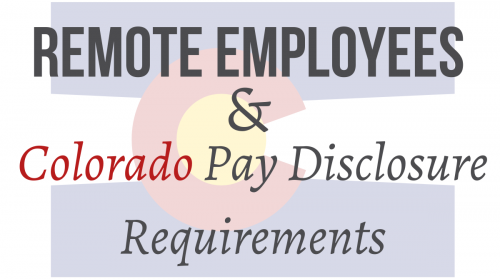
Posted November 16, 2021 with Tags The Equal Pay Advisor
Over the last few years, employers across the United States have become accustomed to dealing with a patchwork of state pay equity requirements, including some that give employees the right to request and openly discuss and disclose their wages. A handful of states and municipalities have gone farther, enacting pay transparency schemes under which employers must affirmatively disclose the pay ranges for a position. States that impose some kind of pay transparency requirement include California, Colorado, Connecticut, Maryland, Nevada, Rhode Island, Washington. These states, and others, have recently adopted new or revised pay equity statutes imposing additional requirements upon employers.
